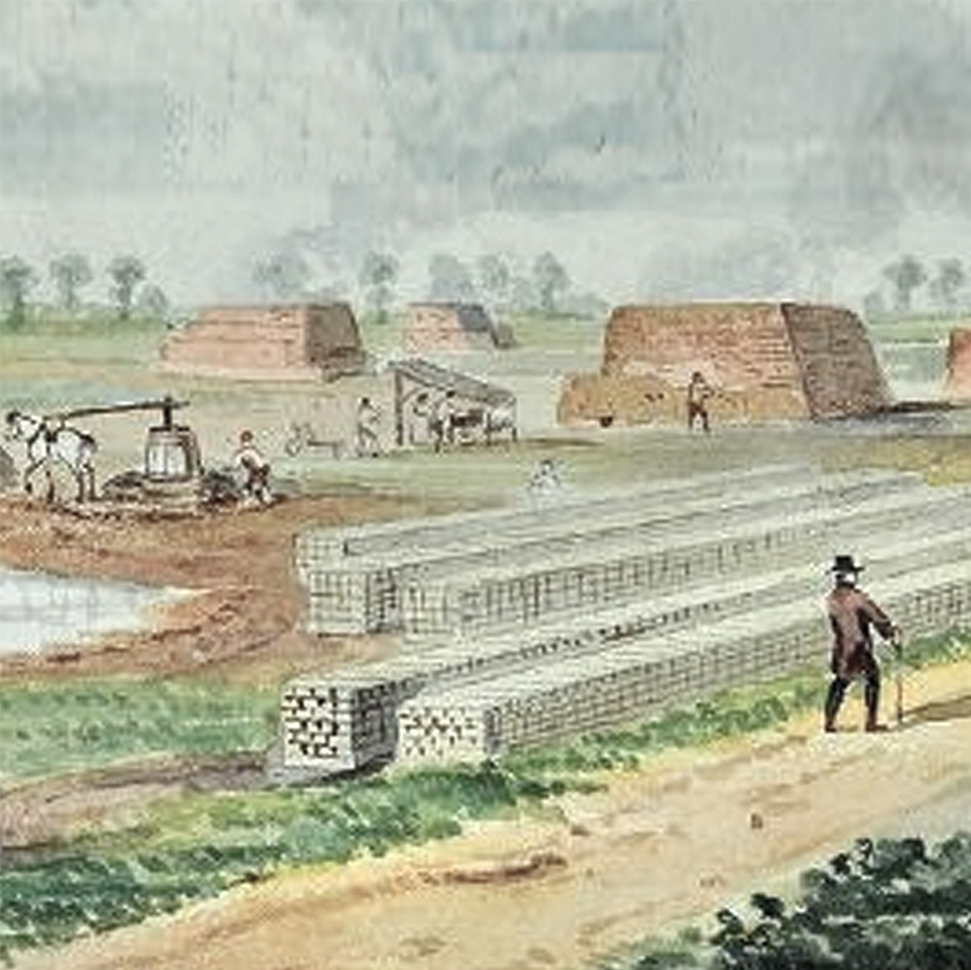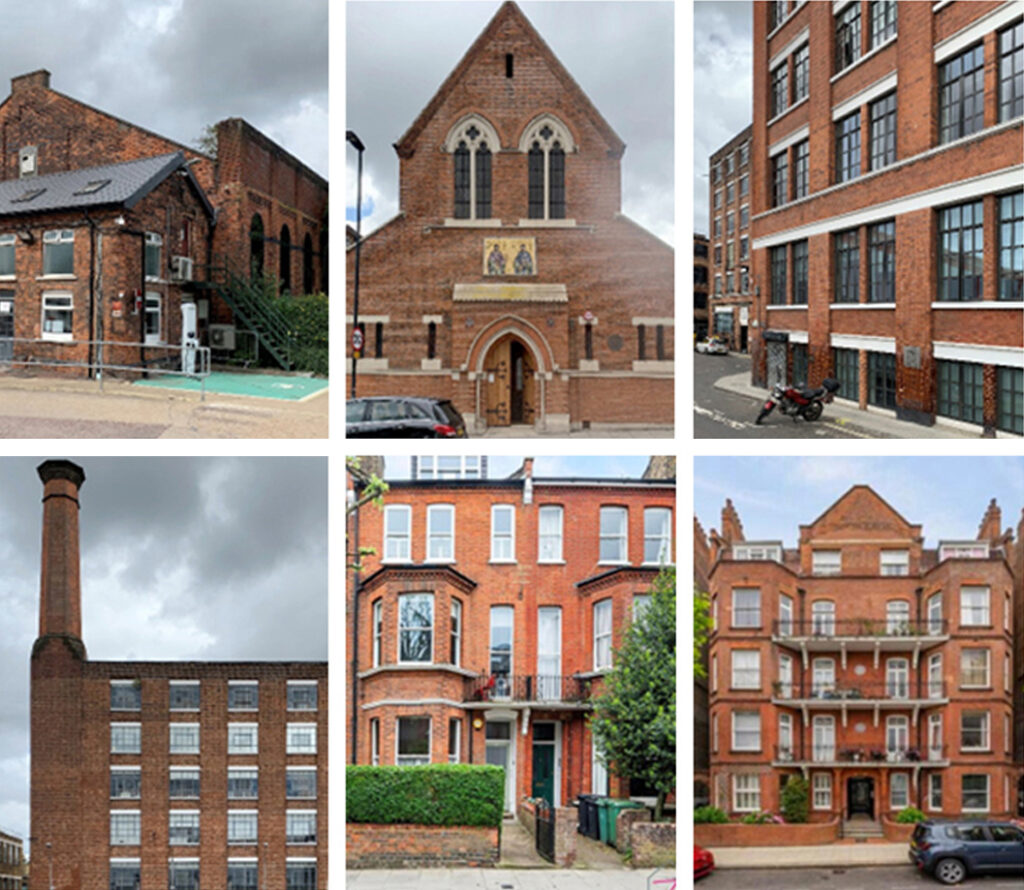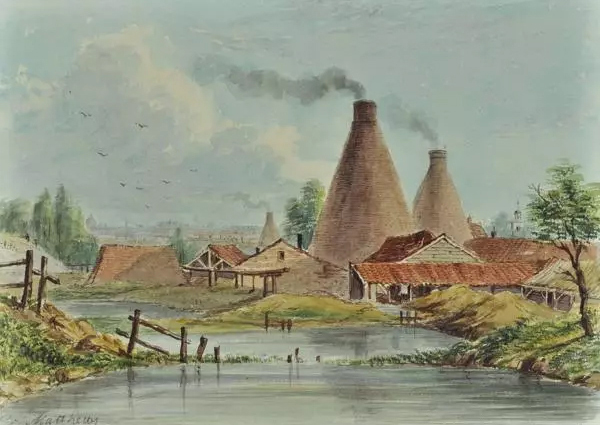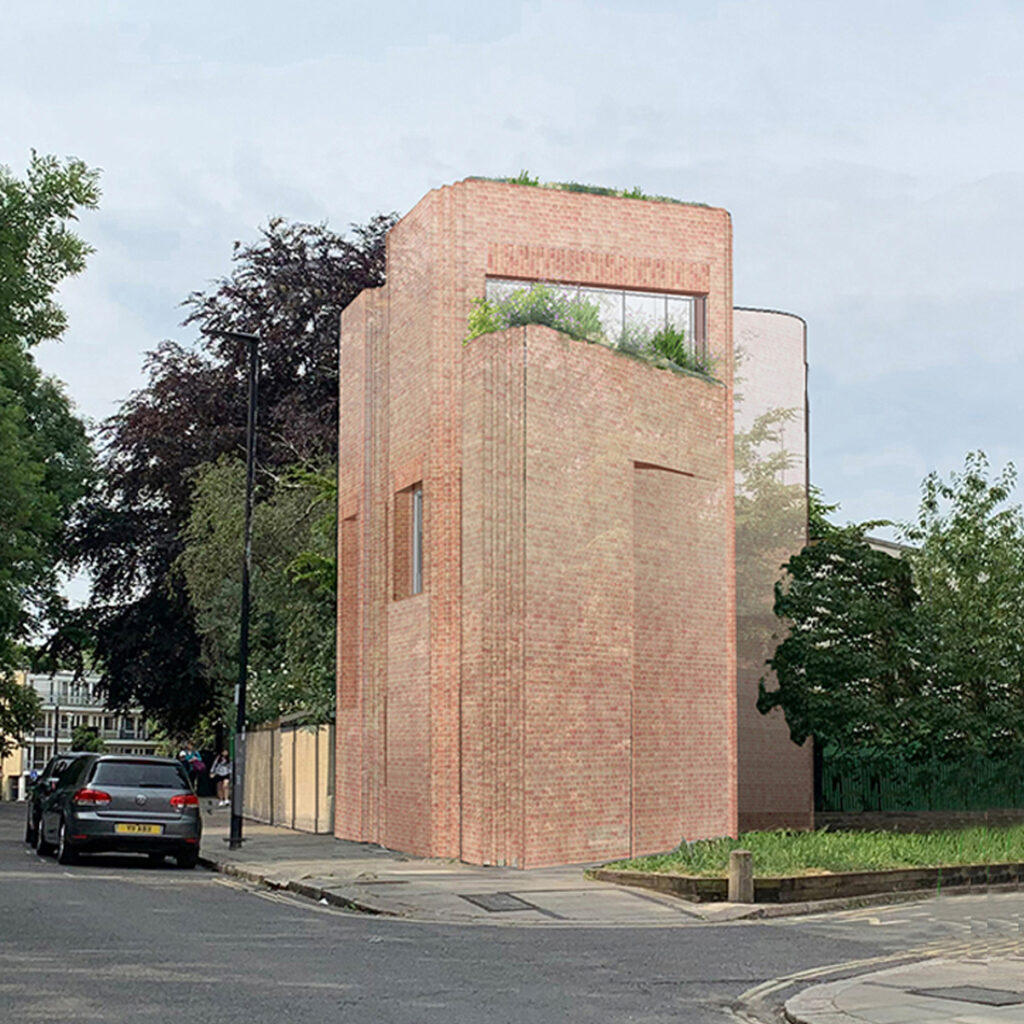Clay production in London has been active since Roman times, with some of the earliest kilns located nearby in Highgate Wood.

By the 19th century, Hampstead’s unique geology was intensively exploited through widespread brick and tile production. Brickfields were excavated to depths of 10–15 feet, extracting the rich London Clay that would give Hampstead’s architecture its distinctive red hue.


Due to the weight and cost of transport, bricks were typically used close to where they were made—unless the site had access to rail. As a result, Hampstead’s built fabric is intimately tied to its geological foundations, with local clay quite literally shaping the material character of the neighbourhood.

Hampstead’s distinctive red bricks were dug from a brickfield at the base of Hampstead Heath and fired in kilns and brickworks on site.


The house stands on what was once this brickfield.

Given that much of the site’s original ground was removed, the house repatriates some of this distinctive red clay, restoring a key element that defines the high architectural quality of the surrounding area.
Source: Bricks of Victorian London: A social and economic history by Peter Hounsell



